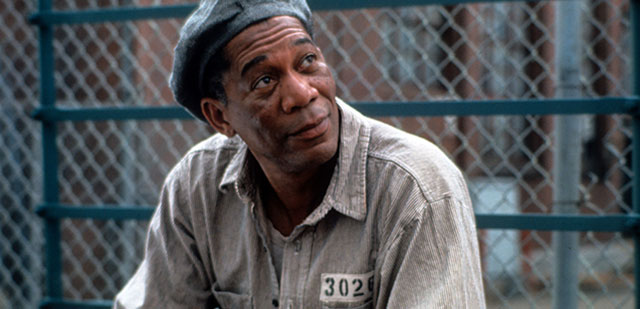
A raft of classic movies is coming to Cineworld screens as part of our re-opening plans. So, if you've been starved of silver screen majesty, you know exactly where to start.
The full list of films can be found by clicking here. In the meantime, we wanted to go in-depth on one of them: 1994's The Shawshank Redemption. Adapted by filmmaker Frank Darabont from Stephen King's short story 'Rita Hayworth and the Shawshank Redemption', this is a film that regularly tops 'best of all time' polls. And for good reason.
Tim Robbins stars as banker Andy Dufresne who is convicted of murdering his wife and her lover. Andy is charged with a life sentence at the notoriously brutal Shawshank state penitentiary where he eventually forms a lasting friendship with fellow lifer and 'fixer' Red (Morgan Freeman). All the while, he harbours dreams of becoming free again.
Although a box office disappointment on its initial release, Shawshank amassed seven Oscar nominations and went on to become a huge hit via the video and DVD market. Studded with memorable characters and scenes, it's a richly engrossing drama that makes us feel the steady passage of time. We've recapped some of those sequences that you need to watch again on the biggest screen you can find. Never seen Shawshank in the cinema? Well, this is your chance.
1. Arrival at Shawshank
As imagined by revered cinematographer Roger Deakins, Shawshank State Prison is a gloomy, terrifying edifice that devours mens bodies and souls whole. The moment where Andy and the rest of the 'new fish' arrive is a marvel of technique, an aerial crane shot taking in the scurrying prison masses as they race to greet the new inmates. Slightly further on, as Andy walks inside and appears to say goodbye to the outside world forever, the extreme low-angles of the main entrance strike fear right into the heart.
2. Suds on the roof
As a film, Shawshank is dotted with equal parts misery and delight, befitting the prison routine of the inmates where scenes of violent conflict are measured out with inter-personal harmony. One of the first truly harmonious scenes is where Andy negotiates beers for the inmates tarring the plate factory roof, remarkably brave given he has to face brutish guard Hadley (a terrifically nasty Clancy Brown). The combination of sun-kissed cinematography and the lovely strains of Thomas Newman's redemptive main theme, making its first official appearance in the score, secure this as a powerfully humane moment. It's a scene where one man defies institutionalised cruelty to reach out to his fellow men.
3. 'The Marriage of Figaro'
The combination of Darabont's sage script and measured direction is rarely as poetic as it is during the Mozart sequence. The oppressive grey bleakness of Shawshank is momentarily transformed when Andy has the audacity to use Warden Norton's (Bob Gunton) speaker system and play some music for the inmates. The soaring strains of 'The Marriage of Figaro' transform the denizens of Shawshank into awestruck children, making this another powerful reminder of the de-humanizing effects of prison life. Of course, one must also credit Darabont's loyalty to Stephen King's gorgeous language: "It was as if some beautiful bird had flapped into our drab little cage and made these walls dissolve away. "
4. Brooks gets out
Freedom and civil liberty are shown to be a double-edged sword in this powerful drama. As Red wisely observes, "They send you here for life, and that's exactly what they take – the part that counts, anyhow." It's not enough for the inmates of Shawshank to be physically degraded – their re-integration back into society is calculated to weigh on them heavily. This is heartbreakingly expressed during the moment where veteran prison librarian Brooks (James Whitmore) finds he can't cope with his new life on the outside. As he says, "the world got itself in one big damn hurry" in the years that he's been locked up, and this results in a tragic outcome, set to Newman's plaintive music. However, Brooks' final message does also set up the defiantly hopeful climax of the movie.
5. Andy escapes
The path to freedom is laid with many obstacles in one of Shawshank's most dramatic moments. We know that Andy will get free eventually, but the movie, like the original story, does a terrific job blindsiding us. It turns out Andy has been using a rockhammer, purchased from Red, to dig behind the Rita Hayworth poster (also from Red) in his cell. The lightning-laden reveal of how Andy audaciously escaped Shawshank is a tremendously tense and powerful one, requiring exit through the prison's sewage pipe. When he emerges on the other side to the rousing strains of Newman's score, Andy is essentially re-born in the rain, throwing his hands aloft in one of the film's most famous images.
6. Red finds the tree
Both Darabont's visuals and Newman's score exhale with relief during the film's closing sequences. Red has finally been released, and has been tasked by Andy, prior to his own escape, to find a special item buried beneath a tree in a field. The pastoral strains of the score cleverly mix in the sound of a harmonica, alluding to Red's own tentative steps towards redemption – he has such an instrument in his possession but is shown to not want to play it. The surging strings and gorgeous, sun-laden cinematography of Red's outdoor journey towards salvation are a powerful contrast with the prison's grim claustrophobia. And that moment where Red discovers Andy's hidden letter, urging him to come to Mexico, is like the equivalent of a gorgeous sunset after a stormy, tempestuous day.
7. Andy and Red reunited
Few movies have as powerfully cathartic an ending as Shawshank does. Darabont's careful sense of pacing means we're fully invested in the two-decade-long friendship between Andy and Red, and we've been witness to how their respective viewpoints have calcified in that time. Andy has never given up hope, whereas Red appears to have left it behind entirely. This beautiful attention to detail in the character development ensures that the film's final movement is not schmaltzy or maudlin, just a sincere expression of happiness and joy. The final aerial shot of Andy and Red embracing on the Mexican beach respects their privacy, cueing up Newman's gorgeous music over the end credits. Interestingly, this sequence was an addition: King's story actually ends with Red hoping to make it across the border in the bus, his final words resonating: "I hope..."
What are your favourite Shawshank moments, and will you be watching it on the big screen? Let us know @Cineworld.
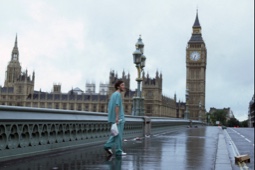
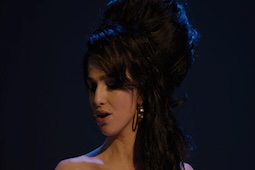
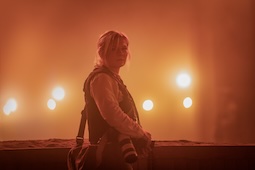
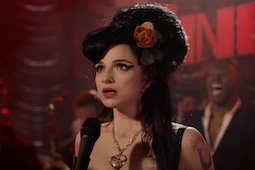





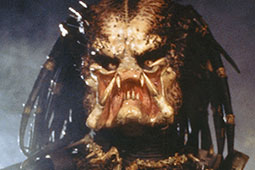

.jpg)


.jpg)
.png)






